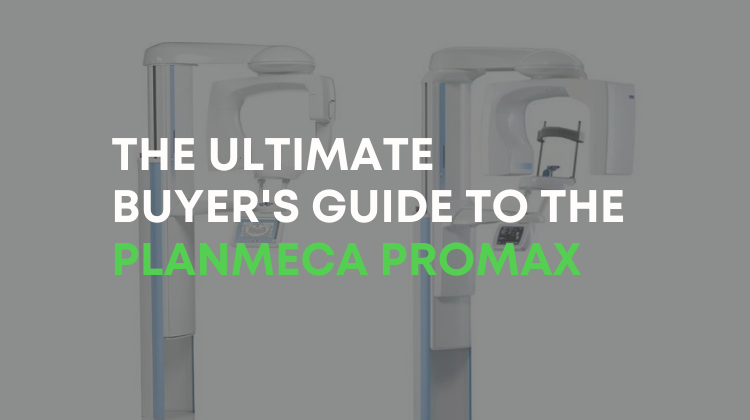Everything You Need to Know About Extraoral Bitewings
There are many benefits to using extraoral bitewings in your dental or dental specialty practice. Less cross-contamination by minimizing intraoral X-ray methods makes for a safer workplace, especially when considering the current global pandemic. Plus, you can often get the same high-quality images as intraoral X-rays for accurate diagnoses. You and your patients will feel peace of mind from the low radiation dose, plus you’ll all benefit from more efficient patient care.

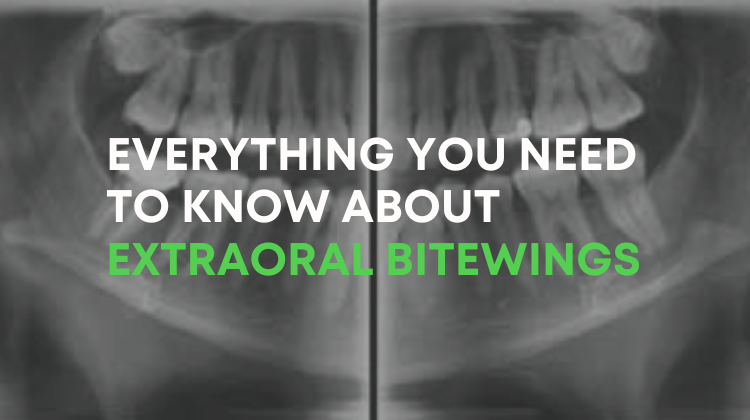
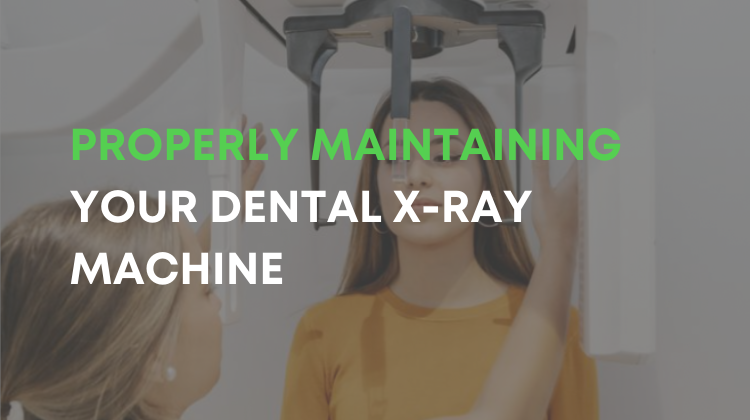
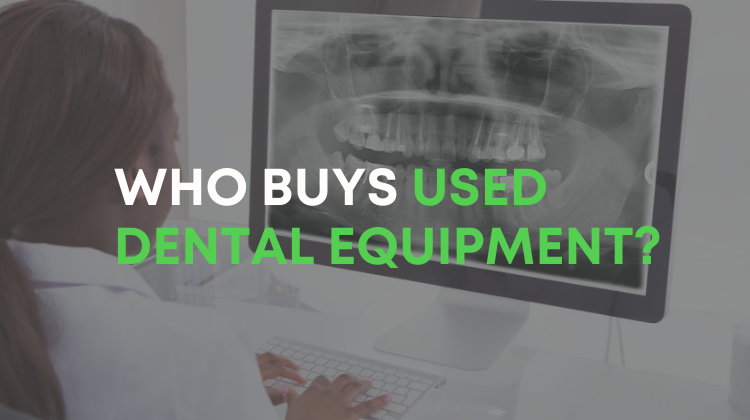
%20(77).png)
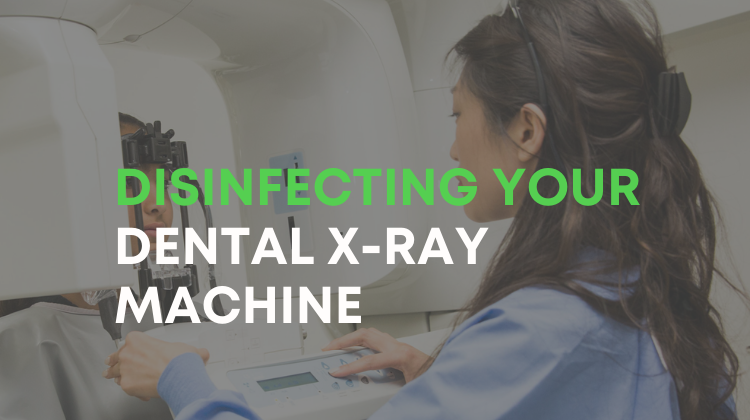
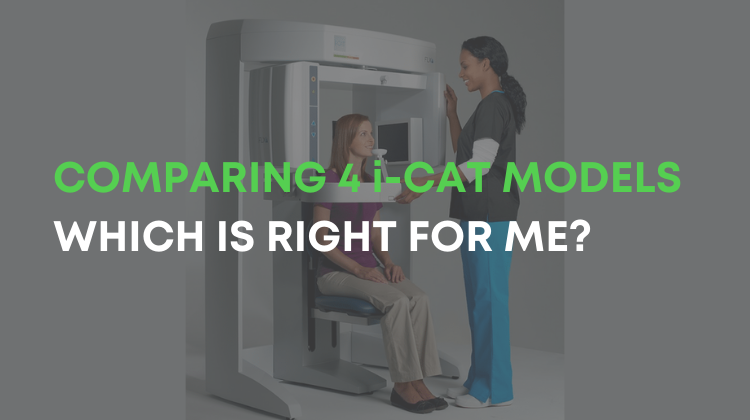
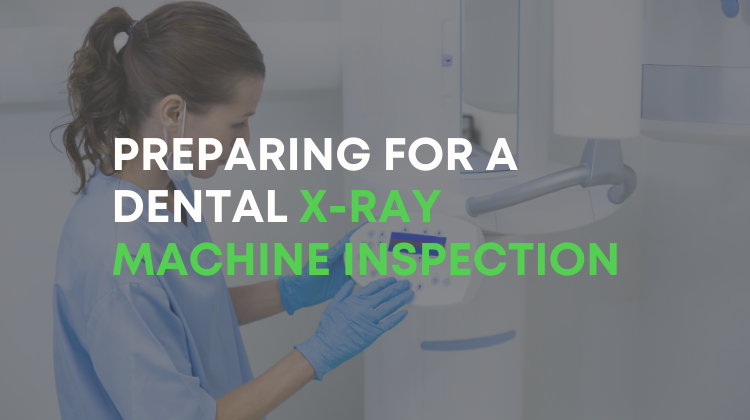
.png)

